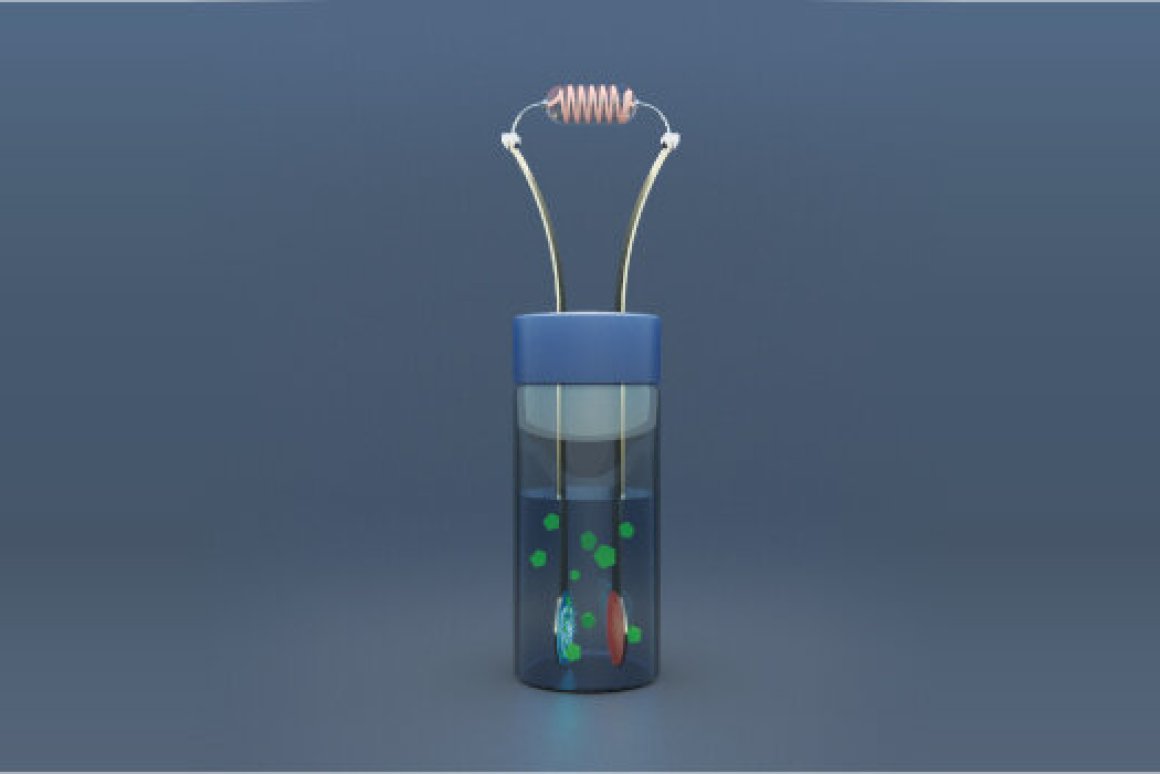- Home
- Editorial
- News
- Practice Guidelines
- Anesthesiology Guidelines
- Cancer Guidelines
- Cardiac Sciences Guidelines
- Critical Care Guidelines
- Dentistry Guidelines
- Dermatology Guidelines
- Diabetes and Endo Guidelines
- Diagnostics Guidelines
- ENT Guidelines
- Featured Practice Guidelines
- Gastroenterology Guidelines
- Geriatrics Guidelines
- Medicine Guidelines
- Nephrology Guidelines
- Neurosciences Guidelines
- Obs and Gynae Guidelines
- Ophthalmology Guidelines
- Orthopaedics Guidelines
- Paediatrics Guidelines
- Psychiatry Guidelines
- Pulmonology Guidelines
- Radiology Guidelines
- Surgery Guidelines
- Urology Guidelines
Self charging blood sugar-monitoring implant for diabetes patients

It is a cumbersome job monitoring blood sugar levels every day involving finger pricks for a diabetes patient. Implantable devices that can automatically monitor blood sugar levels and alert the patient when attention is needed may be an emerging alternative although powering these devices is a tricky affair.
Researchers at King Abdullah University of Science and Technology have developed a new prototype glucose monitor has been designed to power itself from that same glucose in bodily fluids. The device pairs an electron-transporting polymer with an enzyme that extracts electrons from its reaction with glucose to drive its circuitry. The plastic biosensor could act as a continuous monitor of key health indicators, such as blood sugar levels in diabetes patients. Not only does that remove the charging issue, but it means potentially-toxic materials used in batteries won’t need to be put into the body.
The findings of the research have appeared in Nature Materials.
"Quick, accurate and early detection of abnormalities in metabolism is of paramount importance to monitor, control and prevent many diseases, including diabetes," says David Ohayon, a PhD student in Sahika Inal's lab who led the research with postdoctoral colleague Georgios Nikiforidis. "Today's glucose monitors are mainly limited to finger-pricking devices, which are often painful," he says. Implantable glucose-sensing devices are being developed, but their batteries complicate implantation and must eventually be recharged or replaced.
An ideal alternative technology would be implantable polymer biosensors that are able to power themselves using molecules around them.
Inal and her team have hit upon a polymer--synthesized by Iain McCulloch's team at KAUST--that appears perfectly suited to the task. "The polymer is an n-type semiconductor, meaning that it can accept and transport electrons along its backbone," Ohayon says. The polymer is coupled with the glucose oxidase enzyme, which oxidatively extracts electrons from its reaction with glucose.
Usually, a third component is required to shuttle the electrons from enzyme to polymer. "These mediators are often toxic and need to be immobilized onto the electrode surface, which complicates device miniaturization and shortens lifetime," Ohayon says.
The new polymer needs no such mediator. "Our polymer seems to be able to host the enzyme in such proximity that it enables efficient electrical communication between the active centre and the polymer backbone." The polymer's ethylene glycol side chains are probably the key to the interaction, a hypothesis currently under investigation in collaboration with Enzo di Fabrizo's group at KAUST.
The team used this n-type polymer material in a transistor to sense glucose levels in saliva and also as one half of an all-polymer fuel cell that uses glucose as an energy source to drive the device. "This fuel cell is the first demonstration of a completely plastic, enzyme-based electrocatalytic energy generation device operating in physiologically relevant media," Inal says.
"Glucose sensing and power generation are only two examples of the applications possible when a synthetic polymer communicates effectively with a catalytic enzyme-like glucose oxidase," Inal adds. "Our main aim was to show the versatile chemistry and novel applications of this special water-stable, polymer class, which exhibits mixed conduction (ionic and electronic)."
For further reference log on to :
KAUST

Disclaimer: This site is primarily intended for healthcare professionals. Any content/information on this website does not replace the advice of medical and/or health professionals and should not be construed as medical/diagnostic advice/endorsement or prescription. Use of this site is subject to our terms of use, privacy policy, advertisement policy. © 2020 Minerva Medical Treatment Pvt Ltd